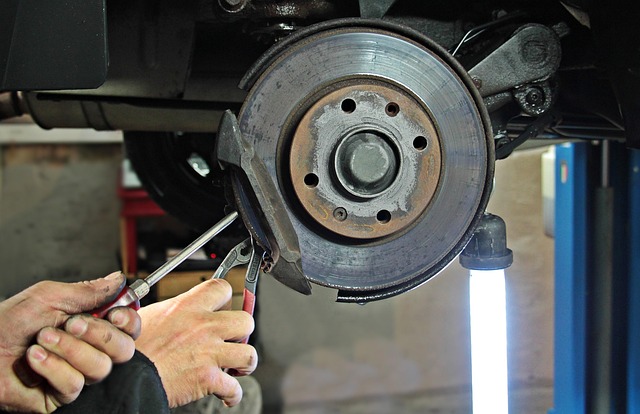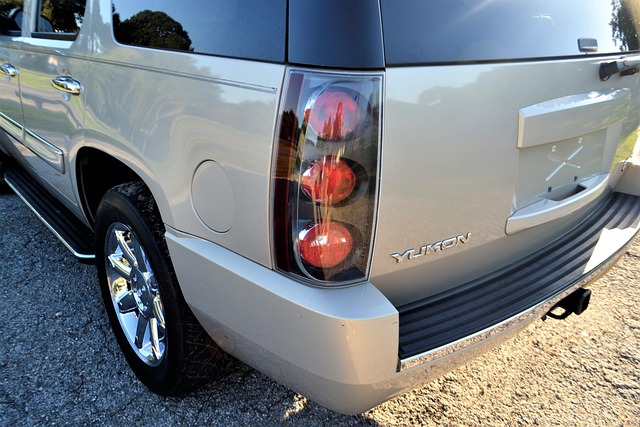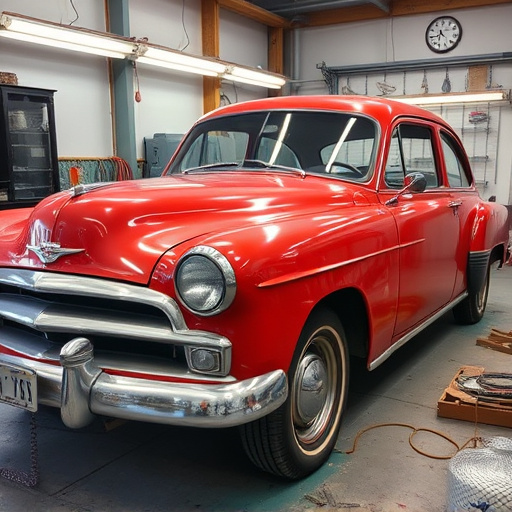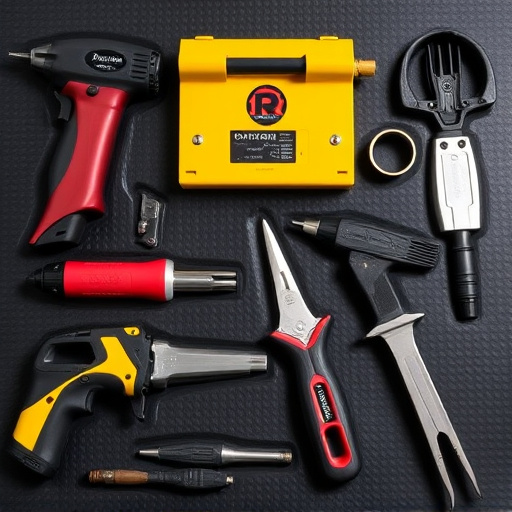Before repairing paint chips in cold weather, wash and dry your car, inspect for damage, and ensure surface temperature is optimal. Use high-quality cold-weather paints and professional application methods for seamless repairs that match your vehicle's original finish. Apply sealing products to protect against winter elements, preventing further damage and maintaining aesthetics.
“In the chill of cold weather, paint chips on your vehicle can be more than just an aesthetic concern. Learn how to effectively address these damages with our guide. First, prepare your car’s surface by clearing it of ice and snow before beginning repairs. Next, select the ideal paint and application method for chilly conditions. Finally, seal the repaired area to withstand frost and snow. Master these steps, and you’ll have your vehicle looking as good as new, even through winter’s harshest elements.”
- Prepare Surface for Cold Weather Repair
- Choose the Right Paint and Application Technique
- Seal and Protect Repaired Area from Frost and Snow
Prepare Surface for Cold Weather Repair

Before tackling any paint chip repair, especially during cold weather, ensuring your vehicle’s surface is ready is paramount. Start by washing and drying your car thoroughly to remove any dirt or moisture that could interfere with the repair process. This step is crucial as water can cause new chips to spread or affect the adhesion of the repair compound. Once dry, inspect the area for existing damage, such as car dents or hail damage repair sites, which might require additional preparation.
For optimal results in cold climates, consider allowing the surface to reach room temperature before beginning. Extreme temperatures can impact the curing process of repair materials, so using a heat gun or placing your vehicle in a heated garage can aid in achieving ideal conditions for paint chip repair. This careful preparation will not only ensure better adhesion but also prolong the longevity of the repair job, making it an essential step in maintaining your vehicle’s aesthetics through harsh winters.
Choose the Right Paint and Application Technique
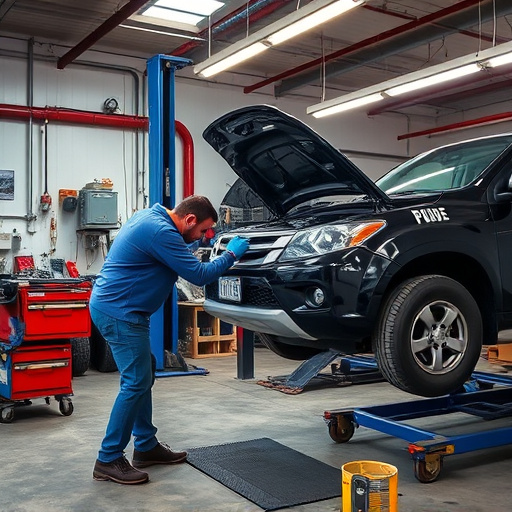
When repairing paint chips in cold weather, selecting the appropriate paint and application method is key to achieving a long-lasting fix. Opt for high-quality automotive paint designed for cold climates; these paints are formulated to withstand lower temperatures, ensuring better adhesion and longevity. The choice of paint also depends on your vehicle’s original finish—a match or similar shade is crucial for an indistinguishable repair.
For optimal results, consider professional car bodywork services that offer expert application techniques. Car collision repair specialists employ precise methods to blend the repaired area seamlessly with the rest of the car’s paintwork. They may use a spray-on application, which provides even coverage and minimizes imperfections, or adopt a more traditional brush-on approach for smaller chips. The technique should aim to replicate the original texture and finish, ensuring the repair is not noticeable once dry.
Seal and Protect Repaired Area from Frost and Snow

After successfully repairing paint chips, it’s crucial to seal and protect the area from harsh winter elements like frost and snow. This step is essential in ensuring your car’s repair lasts longer, preventing further damage, and maintaining its aesthetics. Consider using high-quality sealing products designed for automotive body shops to create a protective barrier against the cold. These products can also enhance the overall finish, making repaired areas look seamless and integrated with the rest of your vehicle.
A quick application of these sealants after the repair process can go a long way in safeguarding your car’s exterior during the cold season. Many car repair services offer this service as part of their paint chip repair packages to provide comprehensive solutions. By doing so, you’ll not only protect your vehicle but also save yourself from having to address more significant damage in the future, thereby promoting both cost-effectiveness and convenience.
Applying paint chip repair in cold weather requires careful preparation, selection of suitable materials, and protection against frost. By following these steps and choosing the right products, you can effectively fix paint chips while ensuring your repaired area stays safe during winter’s harsh conditions. Remember to seal and protect your work for lasting results and a vibrant, chip-free finish.


